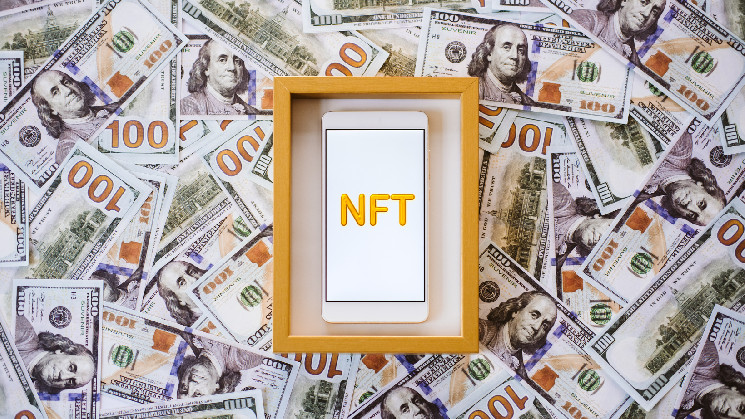Non-fungible tokens (NFTs) took the world by storm in 2021, with buyers spending millions of dollars on digital collectibles across the arts, entertainment, music and sports industries. As NFTs grew in popularity, the space caught the attention of celebrities like Logan Paul, Justin Bieber and Serena Williams, catapulting digital collectibles into the mainstream. We saw a new generation of collectors, investors and fans move from collecting physical items like baseball cards or Beanie Babies to spending over a million dollars on a single Bored Ape.
In January 2022, NFTs saw an all-time high trading volume of $5.8 billion. But within a few months the market would come to a screeching halt. Following the collapse of Terra USD and Luna, Bitcoin’s price plunge and the shocking collapse of FTX, the NFT market became one of the many victims of the ‘Crypto Winter’, with trading volume plummeting to $395 million in August. , a 30-month low, and traders are preparing for another dip this month. This drastic decline has artists, collectors and dealers wondering if the industry is dying for good.
While it’s true that picture-for-profile (PFP) NFTs aren’t booming, the value of NFTs has evolved to exceed their price, and their use is expanding far beyond a static image in someone’s wallet.
NFTs have the ability to tokenize real-world assets and can provide holders with exclusive physical and digital experiences. We are already seeing this concept of tokenization playing out on a large scale.
Earlier this year, the European Commission released its Sustainable and Circular Textiles Strategy, a new and innovative solution “to frame the future of the European textile and fashion industry with digital product passports.” Digital product passports will be used as a tool to share details of the product’s environmental sustainability, including data on the product’s composition and environmental impact. By introducing this measure, the industry will be able to better understand global sustainability goals and increase clarity for consumers while advocating for environmentally conscious choices. This form of digital asset – even if not a traditional NFT – is where the future is headed.
As the digital asset business landscape continues to expand from traditional use cases for NFTs to the tokenization of real-world assets, mainstream and luxury brands are also benefiting from this technology. NFTs offer brands a new way to connect with consumers and provide additional benefits, rewards and real-world experiences. ASICS, a renowned sports shoe brand, launched a large-scale brand loyalty program on the Solana blockchain, using NFT technology to excite and energize the company’s core audience. Nike, Doritos and hundreds of other brands are finding ways to leverage Web3 and NFT technology to appeal to a new generation of consumers driven not by speculation but by utility.
In a rapidly evolving digital landscape, frame-by-profile NFTs still have a place, but they won’t be the product that drives mainstream adoption of Web3. Public financial interest in NFTs as we knew them has waned, but brands’ desire and creativity to leverage digital assets is increasing. Loyalty programs, exclusive experiences, digital content and rewards, our own digital identity and data ownership will define the next generation of NFTs and may be the killer use case that brings the next billion people to Web3.

